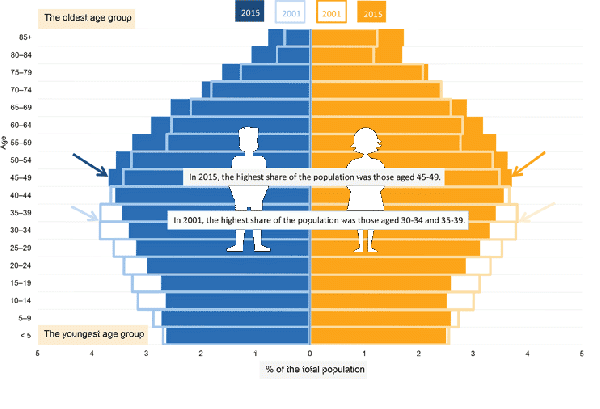How Population is Calculated

Population is calculated using various methods, and the specific approach depends on the context and data available. The most common way to calculate population is through a census, but other methods can also be employed.
Here are some key methods:
Census: A census is a complete enumeration of a population, typically conducted by a government. It involves collecting data from every individual or household in a particular region. This comprehensive approach provides an accurate count of the population. Census data can include demographic information such as age, gender, education level, occupation, and more.
Sampling: In situations where it is impractical to count every individual, statisticians often use sampling techniques. A representative sample of the population is selected, and data is collected from this sample. The overall population is then estimated based on the characteristics of the sample. This method is commonly used in opinion polls and surveys.
Vital Statistics: Population size can also be estimated using vital statistics, which include data on births, deaths, and migration. By analyzing these demographic events, demographers can make estimates of the current population size and project future changes.
Registration Systems: Some countries maintain registration systems for births, deaths, and other vital events. These systems provide a continuous record of demographic changes, and population estimates can be derived from the data recorded.
Remote Sensing: In some cases, especially for tracking population changes in remote or inaccessible areas, remote sensing technologies, such as satellite imagery, may be used. These technologies can help estimate population density and movement.
Administrative Records: Population estimates can be derived from administrative records, such as tax records, school enrollment data, or health records. These records may not provide a complete count but can offer insights into population characteristics.
It's important to note that population estimates are subject to error, and the accuracy of the calculation depends on the methods used, data quality, and the frequency of updates. Censuses are typically considered the most accurate method, but they are resource-intensive and conducted less frequently than other methods.
Thank you.